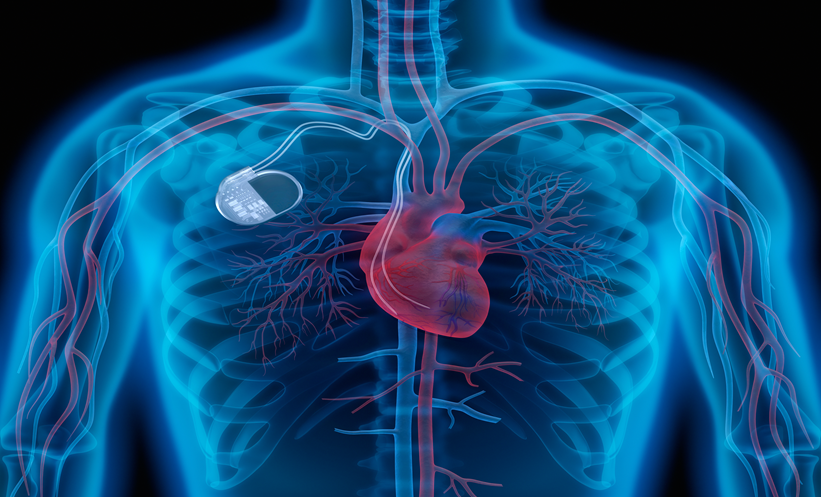BACKGROUND
Pelvic arterial insufficiency is present in >70% of patients aged >50 years with erectile dysfunction. One-third of the pelvic arterial lesions are present in penile artery segments. We have previously shown that penile artery balloon angioplasty could achieve ~80% early improvement in erectile function in patients with erectile dysfunction and isolated penile artery stenoses. However, an approximately 40% restenosis rate was found. In this study, we assessed the efficacy of a paclitaxel drug-eluting balloon (SeQuent® Please), compared with balloon angioplasty alone, for the reduction of restenosis in patients with erectile dysfunction undergoing endovascular intervention for lesions in penile artery segments.
METHODS
Patients with erectile dysfunction and obstructive penile arterial lesions (diameter stenosis ≥50%) with a reference vessel diameter ≥1.5 mm identified by multi-detector computed tomography (CT) were enrolled. A total of 44 consecutive patients (mean age 62 years [range: 49–83 years]) with 50 lesions were randomised to either drug-eluting balloon group or conventional balloon angioplasty group in a 1:1 manner. The primary endpoint was binary in-segment restenosis (≥50% diameter stenosis) assessed by CT angiographic at 8-month follow-up. The secondary endpoints include diameter stenosis at follow-up and 12-month clinical success defined as the change of International Index for Erectile Function-5 (IIEF-5) from baseline by ≥4 points or IIEF-5 ≥22 points.
RESULTS
There were no significant differences in baseline angiographic characteristics of target lesions between the two groups. However, lesions treated with drug-eluting balloons were associated with a smaller post-intervention diameter stenosis (7.2±4.0% versus 10.2±4.2%, p=0.011), together with a greater averaged maximal balloon catheter size (2.1±0.3 mm versus 1.7±0.3 mm, p<0.001). Binary restenosis occurred in 12 of 25 lesions (48%) in the drug-eluting balloon group compared with 10 of 25 lesions (40%) in the balloon angioplasty group (p=0.569), with the corresponding average follow-up diameter stenosis of 52±36% and 37±41%, respectively (p=0.200). Clinical success was achieved at 12 months in 11 of 22 patients (50%) in the drug-eluting balloon group compared with 13 of 22 patients (59%) in the balloon angioplasty group (p=0.545), with the corresponding IIEF-5 score changes of 4.2±5.2 and 5.2±4.2, respectively (p=0.507).
DISCUSSION
The use of drug-eluting balloons, compared with conventional balloon angioplasty, achieved similar rates of 8-month restenosis (40–50%) and improvement in erectile function (50–60%) at 12 months in patients with erectile dysfunction and penile artery stenoses. Both the vessel factors (dissections underestimated) and instrument factors (small-profile stents required to keep vascular integrity) may explain the suboptimal mid-term results of drug-eluting balloons and should be meticulously dealt with in future penile artery intervention studies.
Endovascular intervention for obstructive penile artery stenosis provides a breakthrough management technique for patients with erectile dysfunction and obstructive penile artery stenosis. However, it should be emphasised that the success of endovascular intervention must come along with optimal medical treatment, including vascular risk factor control, normalisation of serum testosterone level, and use of phosphodiesterase 5 inhibitors. Given the friable nature of the penile artery and its tendency to develop dissection, it is reassuring that there were no adverse events in this PERFECT-4 study.








